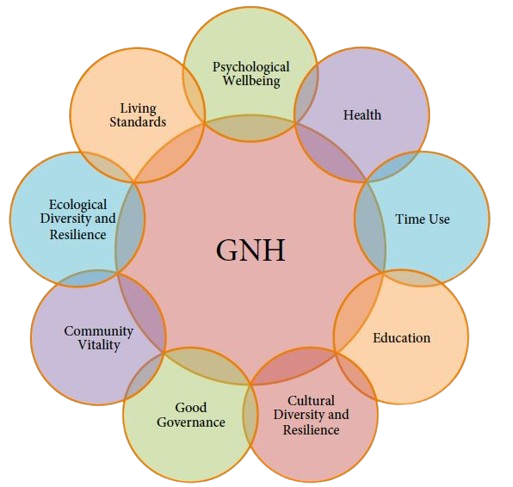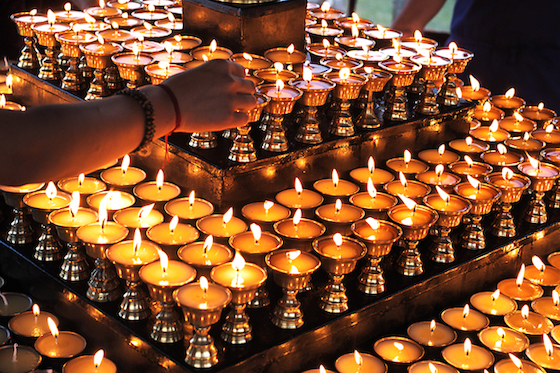Gross National Happiness (GNH)
Bhutan is famous for prioritizing happiness over economic growth. The philosophy of GNH ensures that development is balanced with spiritual and social well-being.
Dzongs and Monasteries
Bhutanese architecture is striking, with massive fortress-monasteries (dzongs) serving as administrative centers and places of worship. The iconic Punakha Dzong and Tiger’s Nest Monastery are among the most breathtaking.


Butter Lamps and Offerings
In temples and homes, people light butter lamps as part of Buddhist rituals to remove darkness and bring wisdom. Prayer flags are also placed on hills and rooftops to spread blessings.
Polyandry and Arranged Marriages (Traditional Practices)
While rare today, polyandry (where a woman may have multiple husbands, often brothers) was once practiced in some parts of Bhutan. Arranged marriages still exist but are becoming less common.